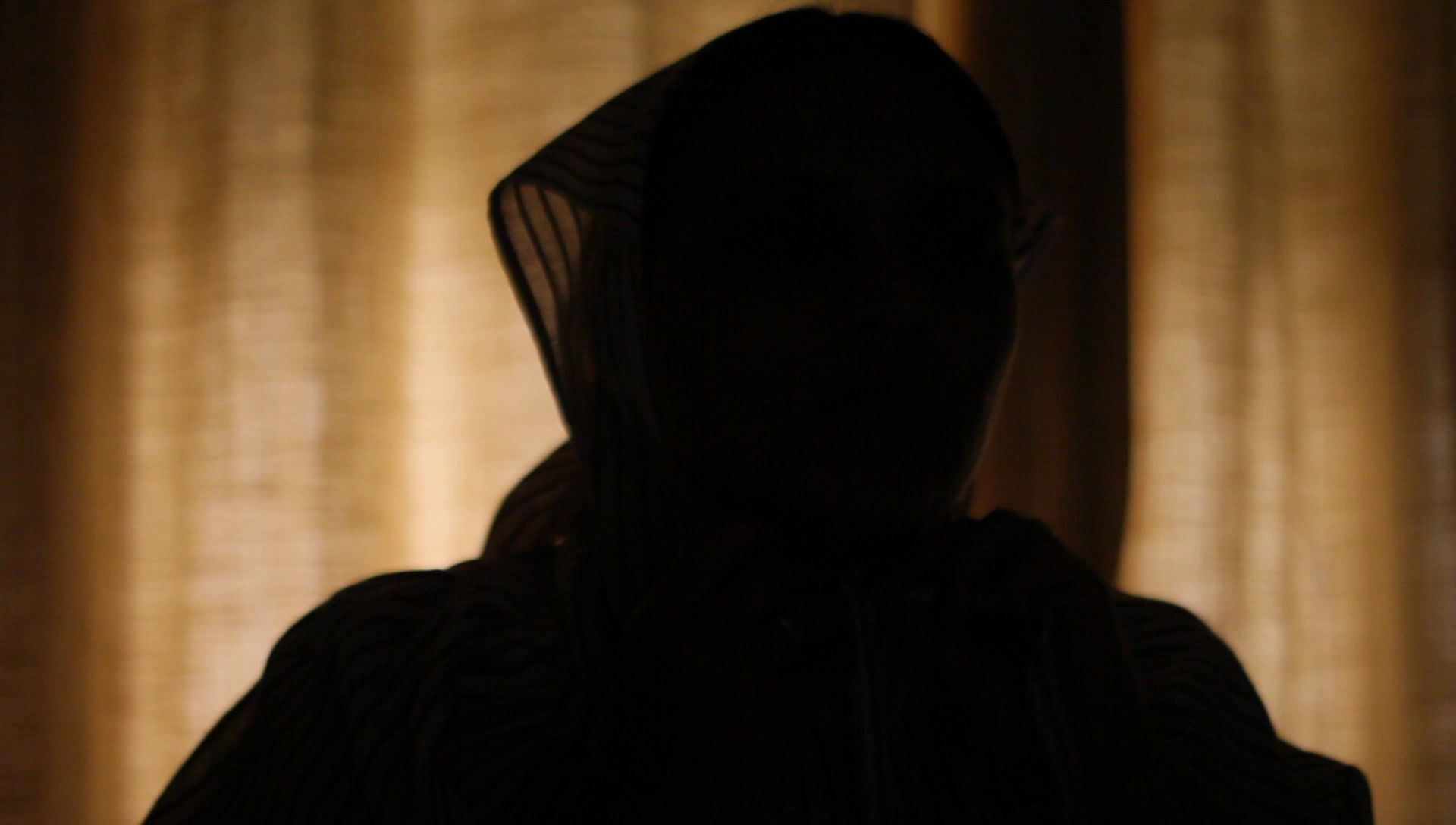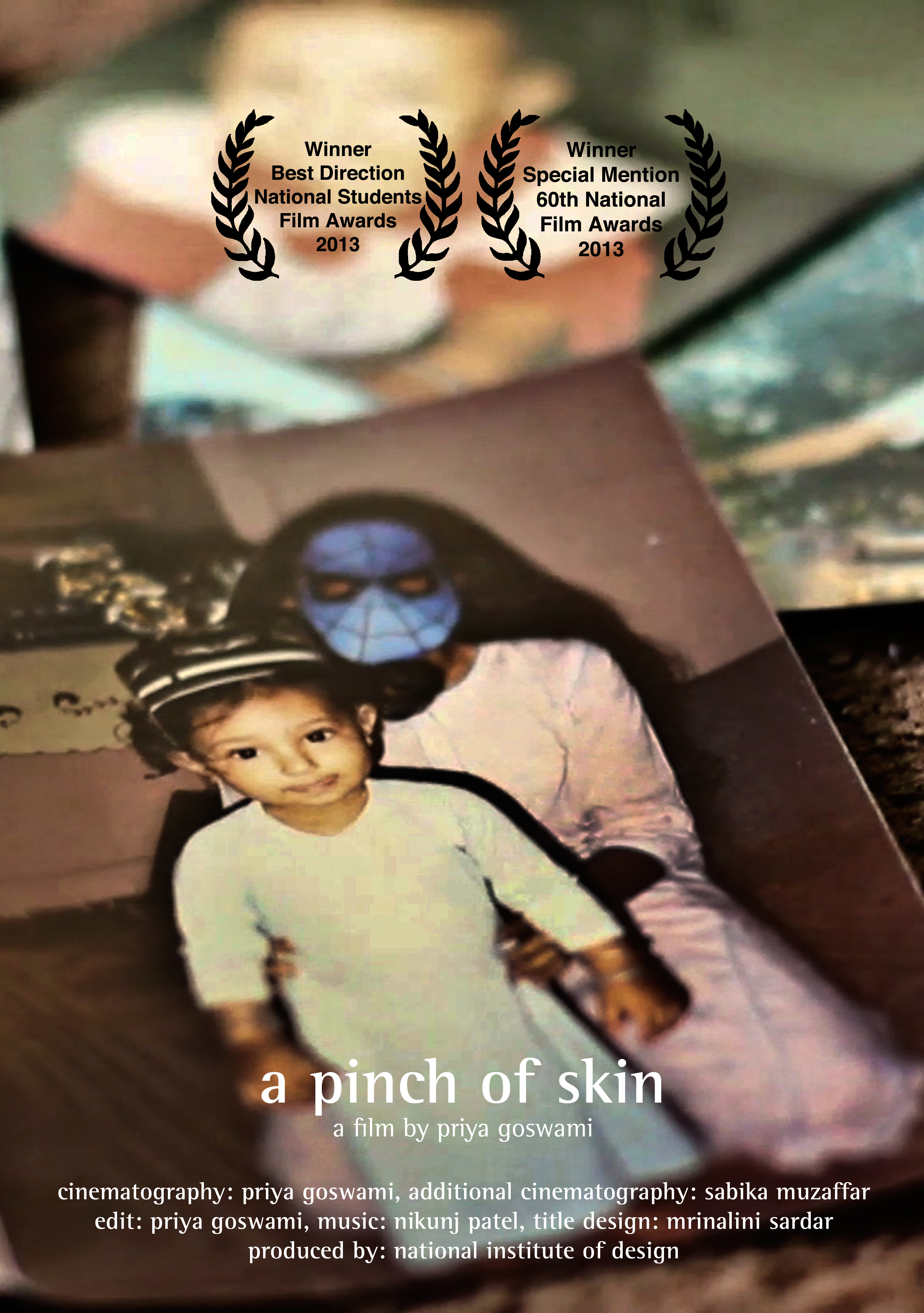By Debangana Chatterjee
Though films and documentaries related to female genital cutting (FGC) promise to uphold the realities surrounding the subject, there are undeniable strings of subjective interpretations attached to them. Thus, rather than becoming ‘real’, these films and documentaries transpire as the reel portrayal of realities. Desert Flower, a 2009 German production is the most pertinent feature film on the subject based on Waris Dirie’s 1998 autobiographical account of the same name. In the realm of popular culture, the film relegates the practice of FGC being coterminous to infibulation, whereas infibulation is one of the most extreme variations of the four types of FGC, as has been classified by the World Health Organisation (WHO). Rather than providing the holistic imagery of the practice, this film portrays a partial picture of it.
 The documentaries on FGC are majorly driven for either anti-FGM awareness campaigns conducted by various international organizations, or for journalistic ventures of finding and documenting facts by renowned media houses from across the globe. Some of these major documentaries include Warrior Marks (1994), The Cut (2009), The Cutting Tradition (2009), ‘I Will Never Be Cut’: Kenyan Girls Fight Back against Genital Mutilation (2011), A Pinch of Skin (2012), The Cruel Cut – Female Genital Mutilation (2013), True Story – Female Genital Mutilation in Afar, Ethiopia (2013), Reversing Female Circumcision: The Cut that Heals (2015), The Cut: Exploring FGM (2017), Jaha’s Promise (2017), Cutting the Cut (2018). Another talked about documentary of 2018, Female Pleasure, though does not solely deal with FGC, features the renowned activist against FGC Leyla Hussain to shed light on the practice as a mode of controlling female sexuality. With the exception of A Pinch of Skin and Cutting the Cut that focuses on the particularities of the practice in India and Kenya, respectively, from an internal vantage point, others make cultural commentaries on the practice from the perspective of anti-FGM advocates.
The documentaries on FGC are majorly driven for either anti-FGM awareness campaigns conducted by various international organizations, or for journalistic ventures of finding and documenting facts by renowned media houses from across the globe. Some of these major documentaries include Warrior Marks (1994), The Cut (2009), The Cutting Tradition (2009), ‘I Will Never Be Cut’: Kenyan Girls Fight Back against Genital Mutilation (2011), A Pinch of Skin (2012), The Cruel Cut – Female Genital Mutilation (2013), True Story – Female Genital Mutilation in Afar, Ethiopia (2013), Reversing Female Circumcision: The Cut that Heals (2015), The Cut: Exploring FGM (2017), Jaha’s Promise (2017), Cutting the Cut (2018). Another talked about documentary of 2018, Female Pleasure, though does not solely deal with FGC, features the renowned activist against FGC Leyla Hussain to shed light on the practice as a mode of controlling female sexuality. With the exception of A Pinch of Skin and Cutting the Cut that focuses on the particularities of the practice in India and Kenya, respectively, from an internal vantage point, others make cultural commentaries on the practice from the perspective of anti-FGM advocates.
 A Pinch of Skin
A Pinch of Skin
Cutting the Cut was produced in 2018 under the aegis of The Health Channel in Kenya. Winnie Lubembe, a Kenyan herself, is the narrator, producer, and writer. With a special focus on the Maasai community of Kenya, the documentary presents both against and for narratives of the practice. On the one hand, it discusses the hazardous aspect of the practice. On the other, views supporting legalization of the practice are also presented, as it arguably promotes medicalization as well as cultural preservation. The non-alienation of the community and the need for complementing legal banning with adequate awareness programmes and cultural redressal are the two main takeaways of the documentary. It also highlights the political nuances operating through the legal state apparatus.
A Pinch of Skin, on the other hand, is a 2012 Indian production directed by Priya Goswami. This can be designated as one of the maiden attempts to shed light upon the practice among the Bohra women in India. The maker, despite not belonging to the cultural community, makes honest attempts to put herself into the shoes of the believers, and thus, brings out voices both pro and against the practice. In fact, the naming of the documentary is indicative given that it does not merely portray the practice as ‘gruesome’ and ‘barbaric’. Rather it highlights the practice of nicking the tip of the prepuce of the clitoris, prevalent among the Bohras.
 Barring these two, representations through visuals of the cultural ‘other’ from an external vantage point appear to lack intricacies and layers. For example, The Cut: Exploring FGM, The Cruel Cut- Female Genital Mutilation, and The Cutting Tradition are produced respectively by Al-Jazeera, Channel4 and SafeHands for Mothers in collaboration with the International Federation of Obstetricians & Gynaecologists (FIGO), respectively. The Cut, directed by American-journalist Linda May Kallestein, has also been funded by multiple Norwegian agencies. Most of these representations are located beyond the cultural purview and thus, lack empathy in their cultural portrayal. Though The Cruel Cut- Female Genital Mutilation and Jaha’s Promise feature Somali activist Leyla Hussein and Gambian activist Jaha Dukureh respectively, it is to be reminded that the onus ultimately lies at the hands of the creative teams of these documentaries. Even Jaha’s Promise uses one of the clips from Barack Obama’s speeches where he is referring to the practice as ‘barbaric’ which as a term is discredited for its blatant cultural insensitivity. It is problematic to assume that the mothers always put their daughters through the practice intentionally being fully aware of its consequences. Fatma Naib, the presenter of The Cut: Exploring FGM, an Eritrean immigrant to Sweden, showcases details of the state of the practice in Somalia and Kenya with substantial subtlety so far as it highlights campaigners against the practice from within these cultures. As a whole, it is not merely about the geographic positioning of the creative teams but about the outlook that they share while describing cultural specificities.
Barring these two, representations through visuals of the cultural ‘other’ from an external vantage point appear to lack intricacies and layers. For example, The Cut: Exploring FGM, The Cruel Cut- Female Genital Mutilation, and The Cutting Tradition are produced respectively by Al-Jazeera, Channel4 and SafeHands for Mothers in collaboration with the International Federation of Obstetricians & Gynaecologists (FIGO), respectively. The Cut, directed by American-journalist Linda May Kallestein, has also been funded by multiple Norwegian agencies. Most of these representations are located beyond the cultural purview and thus, lack empathy in their cultural portrayal. Though The Cruel Cut- Female Genital Mutilation and Jaha’s Promise feature Somali activist Leyla Hussein and Gambian activist Jaha Dukureh respectively, it is to be reminded that the onus ultimately lies at the hands of the creative teams of these documentaries. Even Jaha’s Promise uses one of the clips from Barack Obama’s speeches where he is referring to the practice as ‘barbaric’ which as a term is discredited for its blatant cultural insensitivity. It is problematic to assume that the mothers always put their daughters through the practice intentionally being fully aware of its consequences. Fatma Naib, the presenter of The Cut: Exploring FGM, an Eritrean immigrant to Sweden, showcases details of the state of the practice in Somalia and Kenya with substantial subtlety so far as it highlights campaigners against the practice from within these cultures. As a whole, it is not merely about the geographic positioning of the creative teams but about the outlook that they share while describing cultural specificities.
Nuances and variations of the practice are not adequately showcased in many of these films. For example, out of all the countries with reported cases of FGC, African countries especially, Kenya, Somalia, Ethiopia, and Egypt are highlighted out of proportion. It is largely because of the rampant prevalence of the practice mainly in these countries. It is to note that only 10 percent of reported cases worldwide are the most severe and may fall into the category of infibulation- even in Africa. Notwithstanding the need to highlight the regions with a higher percentage of the practice, these documentaries seem to make convenient choices so far as the cases are concerned. This comes hand in hand with exoticization of pain. For instance, the documentary True Story – Female Genital Mutilation in Afar, Ethiopia, starts with the representative audio of excruciating scream of a newly-wed girl who dies out of profuse bleeding due to forced penetration of her infibulated vagina. This scream is followed by figurative graphics of a splash of blood accompanied by a heart-wrenching narration of the incident. The Cutting Tradition with its explicit emphasis on four African countries including Egypt, Ethiopia, Djibouti, and Burkina Faso, uses substantial, real visuals of the practice. The cultural orientation of these representations is reflective of a cultural aversion toward the unintelligible culture. The visual knowledge of the matter, thus, gets constructed from a position of power going in tandem with the existing Western liberal discourse.
Though there are well-intentioned attempts to bring out hard-hitting facts regarding such sensitive subjects, in many cases such intentions get mired with preconceived prejudices. Notwithstanding the possibilities of becoming judgemental even after belonging to the same culture, it is important to understand the outlook of the makers. Needless to say, the making of films and documentaries are driven by factors of storytelling or awareness-raising and are thus, difficult to be objectively oriented. Attempts to bring out different sides of various cultures, giving voices to women of these communities who break the shackles of conformity may pave the way for a ‘real’ and relatively balanced depiction of realities in regard to FGC.
